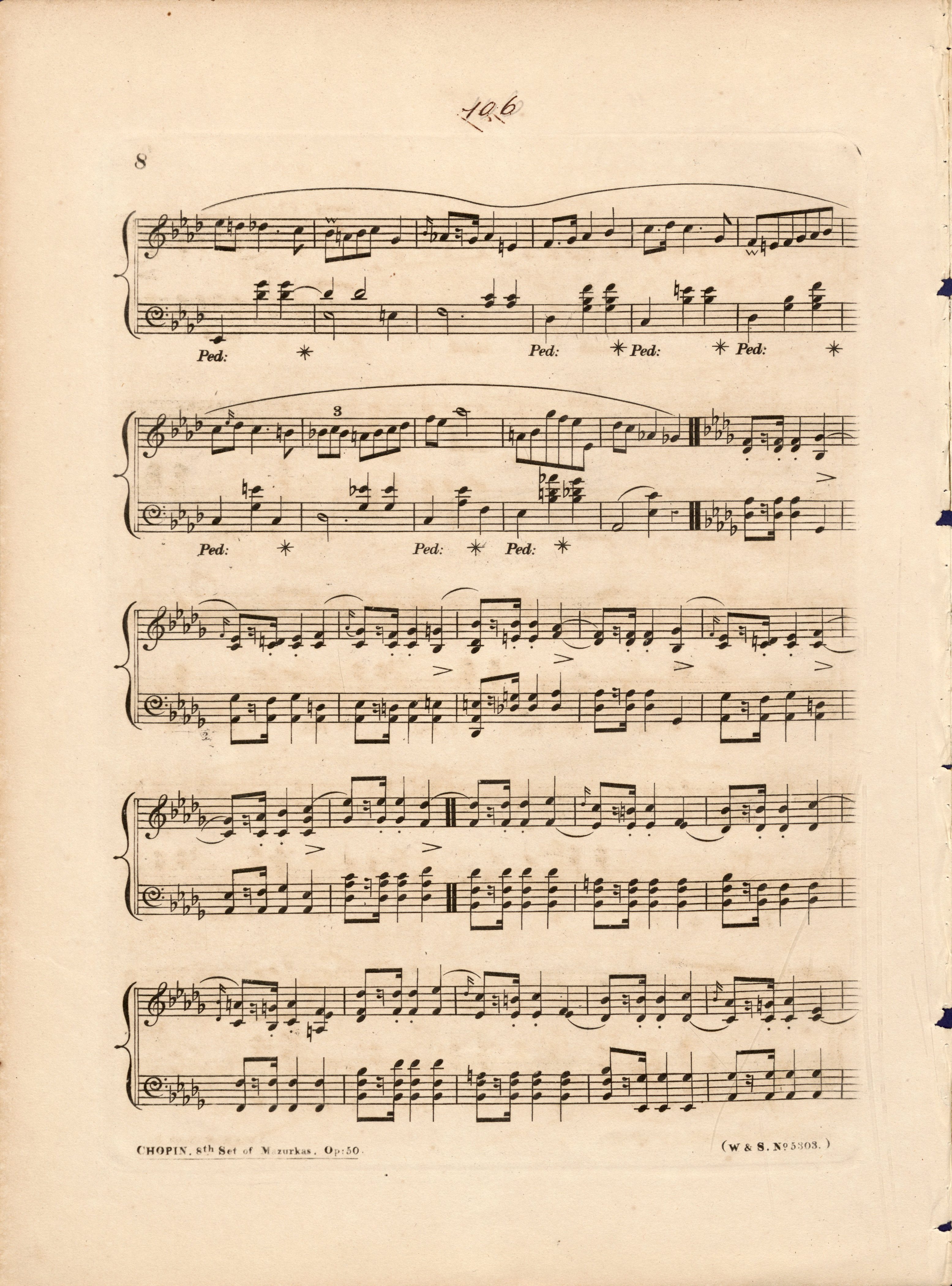



In these and all similar bars, the slurs combining the grace notes with the subsequent quavers always reach the bottom note of the dyad in A1 and GE1. In that period of Chopin's life, such 'vertical' slurs would generally indicate an arpeggio, performed as follows:  (in b. 71
(in b. 71  ). GE2 reproduced all slurs as conventional marks, combining the grace note with the top note of the quaver (in b. 71 the slur combines the bottom notes of the grace note and the quaver). The fact that it was an intentional revision is proven by b. 69, in which such a conventional slur was added, in spite of the fact that in GE1 there is no slur next to the grace note at all. According to us, a performance without arpeggio, suggested by that notation, is acceptable if it can help the performer keep precise rhythm and articulation, yet it does not result from the original Chopinesque notation.
). GE2 reproduced all slurs as conventional marks, combining the grace note with the top note of the quaver (in b. 71 the slur combines the bottom notes of the grace note and the quaver). The fact that it was an intentional revision is proven by b. 69, in which such a conventional slur was added, in spite of the fact that in GE1 there is no slur next to the grace note at all. According to us, a performance without arpeggio, suggested by that notation, is acceptable if it can help the performer keep precise rhythm and articulation, yet it does not result from the original Chopinesque notation.
The major distortions of this element of notation can be observed in FE and EE: the majority of the slurs was overlooked (6 out of 10 in FE, 9 out of 10 in EE), whereas the remaining ones were reproduced as conventional marks (except bar 81 in FE).
Compare the passage in the sources »
category imprint: Differences between sources
issues: Errors in FE, GE revisions
notation: Ornaments

